ROSBETTOLA
Sandro and his wife Marzia, who are documentary filmmakers, have strengthened their love of the mountains by telling about them, having founded Studiouno Produzioni Televisive in 1990, when they were just over twenty years old. Most of their documentaries are dedicated to life in the Alps and were the result of research carried out in the field and of meetings with local people – all experience that is now reflected even in the Menu of “ROSBettola”, which is a “hole” only by name and on its sign. “We have kept in touch with many herdsmen, shepherds, and breeders – all people who have always lived in the mountains and made a living from the mountains. Today, this allows us to offer unique cheeses that cannot be found elsewhere. Our profession is a continuous discovery; many young people make very good products, but they don’t know how to deal with their distribution. There are families who have been working in the mountain pastures for four or five generations. To buy these cheeses, you have to climb up, sometimes on foot, which can take a whole day”.
Cheeses
Sandro Gastinelli is ROSBettola’s “living cheese menu”. He tells the tavern’s story to all his customers The tour starts with a fresh one-hundred-percent-sheep’s milk’ toma from Baracco di Roccaforte di Mondovì, a hamlet in the Ellero Valley. “Carlo and Teresa’s dairy is called AgriBiô. The second cheese comes from Valliera, a hamlet part of Castelmagno municipality: the milk comes from the cows bred there, and cheese is made from it as if it were nustral, the seasoned toma cheese coming from the mountains or from the alpine pastures. Then there’s Blu di Vacca, produced by La Fissello, a dairy based in Morra di Villar San Costanzo: it’s a blue cheese made with the milk of grey cows, a breed that is widespread in Trentino – explains Sandro – Lastly, there is ‘tre latti’, literally ‘three milks’, which is made with equal amounts of goat’s, sheep’s and cow’s milk. The latter is made by young people at Cascina Pasero, on the plain between Boves and Cuneo. Its peculiarity is that its seasoning lasts 220 days – says Sandro – You can also eat the crust”.
Edith tells about her family’s activity by describing a scene: the Gastinelli family – father, mother and two children – driving all together in their car to meet their potential suppliers one by one: “During the last year of our search we didn’t just go there to taste their products, but also to share our ideas and tell about our project, because it was important to understand whether the person we were meeting was on our wavelength. Here at the tavern we tell about every single product we serve, and this is why every “story”, every person behind it, is vital” she explains. Edith is a vegetarian, she says, but even she tasted the cured meatsproduced by Ezio Ghibaudo, a butcher from Chiusa di Pesio (Cuneo), and she is the one telling the customers about them when they order a cured meats platter. “We look for consistency and integrity in all the food we serve: it is crucial to know where the animals came from and to be certain that they were treated ethically. To be honest, I’d feel worse if I drank Coca Cola” concludes Edith.
Cured meats
It is Edith, a vegetarian, who tells customers about the cured meats served in the tavern, which come from Ezio Gribaudo’s workshop in Chiusa Pesio (Cuneo). The specialities include some bovine cold cuts, such as mortadella (“he uses pig fat only for the little white cubes”), and seasoned veal sausage. On the cutting board there is also cooked ham. Presenting it helps Edith explain how true top-quality cured meats are made applying traditional methods: “Ezio does not use any chemical flavour enhancers nor preservatives: the savoury taste is the result of a ‘dark base’ which he obtains by boiling the roasted pork bones and then injecting the liquid he obtained into the mass of ham and massaging it in for 12 hours to make sure it reaches the fibres. At that point, ham is cooked at low temperatures’.
